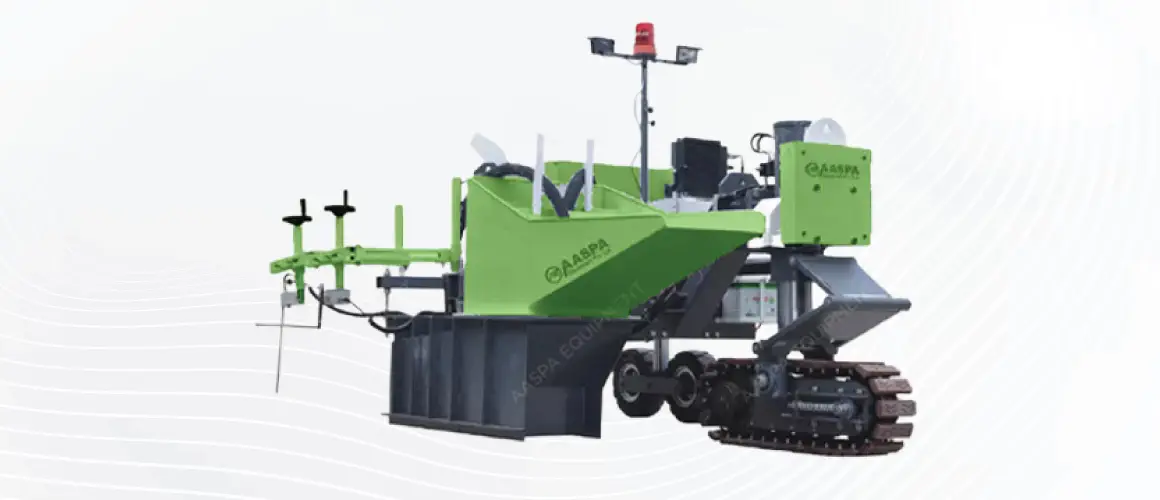How Do Large Temples And Pilgrimage Sites Benefit From Kerb-Laid Queue Paths?

These queue management systems, designed with fixed concrete kerbs or precast dividers, help shape pedestrian movement, reduce risks, and create a more controlled environment for both devotees and management authorities.
The challenge of managing crowd movement
Temples and pilgrimage centres often experience intense crowd surges. Whether it’s for darshan, rituals, or prasadam distribution, the need to streamline foot traffic is non-negotiable. Without guided pathways, several issues can arise:
- Unpredictable crowd flow and bottlenecks
- Increased risk of stampedes or medical emergencies
- Difficulty in implementing security checks or emergency protocols
- Deterioration of property due to uncontrolled footfall
- Frustration among devotees due to long waiting times or lack of clarity
Kerb-laid queue paths offer a physical, non-intrusive, and scalable way to address these concerns.
How kerb-laid queue paths work
These are fixed or semi-permanent pathways created by laying concrete kerbs on either side of a designated walking path. The space in between forms the corridor for queues. Depending on the terrain and usage, these can be combined with tiled or paved flooring, roof shelters, signage boards, handrails, and CCTV surveillance.
The modular nature of kerb-laying allows flexibility in designing long, snaking, or segmented queue formations based on site-specific needs.
Key benefits for temple and pilgrimage management
1. Structured crowd movement
Kerb-laid queue paths bring order to chaos. By clearly defining walking lanes, they guide pilgrims along a designated path—minimising overcrowding and jostling. This is especially useful near sanctum areas, counters, and narrow entry points.
2. Improved safety and emergency response
With fixed boundaries in place, sudden surges can be better contained. These paths make it easier for staff to monitor queues, manage disputes, and carry out emergency evacuation if needed. Having CCTV coverage and access routes alongside kerbed areas adds another layer of safety.
3. Durability and low maintenance
Compared to temporary barricades or plastic tapes, concrete kerbs are far more robust. They withstand weather elements, foot pressure, and even minor vehicle movement when required. Maintenance is minimal—cleaning and occasional re-alignment is all it takes.
4. Space optimisation
Many pilgrimage sites operate in congested heritage zones. Kerb-laid systems make optimal use of available space by allowing planners to design compact, multi-turn queue lines without compromising on flow. Even within limited land, these systems make large-scale crowd handling practical.
5. Enhances devotee experience
Orderly queues reduce anxiety and confusion. Devotees appreciate a clear, respectful, and efficient path to the main sanctum. Covered kerb-laid paths also offer shade and protection from the weather, improving comfort during long waits.
6. Customisation and scalability
Kerb queue paths can be expanded, reshaped, or relocated based on footfall changes, festival schedules, or site developments. Since these systems are modular, authorities can plan upgrades or diversions without rebuilding from scratch.
Where they’re most effective
Kerb-laid queue paths are particularly effective in:
- Entry and exit points of large temples
- Darshan lines leading to sanctum sanctorum
- Prasadam distribution counters
- Token/booking counters
- Ropeways or transport waiting zones
- Special VIP and elderly access lanes
Many iconic temples in India—such as Tirumala, Vaishno Devi, Sabarimala, and Shirdi—have already incorporated these systems with great success.
Design considerations for implementation
When designing kerb-laid queue paths, a few technical factors must be considered:
- Kerb height and width: Should be easily visible and walkable; typically 100–150 mm in height
- Path width: Should accommodate single or double file walking depending on crowd volume
- Drainage: Ensure slope or drain layout to prevent water stagnation
- Lighting and ventilation: Especially for covered paths or those used at night
- Signage: Directional and informational boards for smooth navigation
- Entry/Exit gates: Clearly marked, with provision for staff supervision
- Finish material: Non-slip, easy-to-clean surfaces for tiled or paved sections
Kerb-laid queue paths are more than just civil infrastructure—they are a practical response to a deeply human challenge: managing devotion with dignity. For temples and pilgrimage centres that want to preserve the sanctity of worship while ensuring safety, structure, and efficiency, these queue systems offer a time-tested, scalable, and maintenance-friendly solution.
As footfall to sacred places continues to grow, smart crowd management strategies like these will be key to delivering a smoother, safer, and more fulfilling experience for everyone involved.
